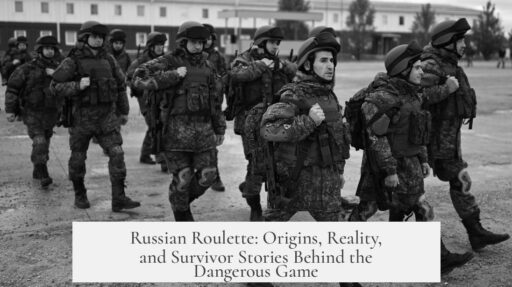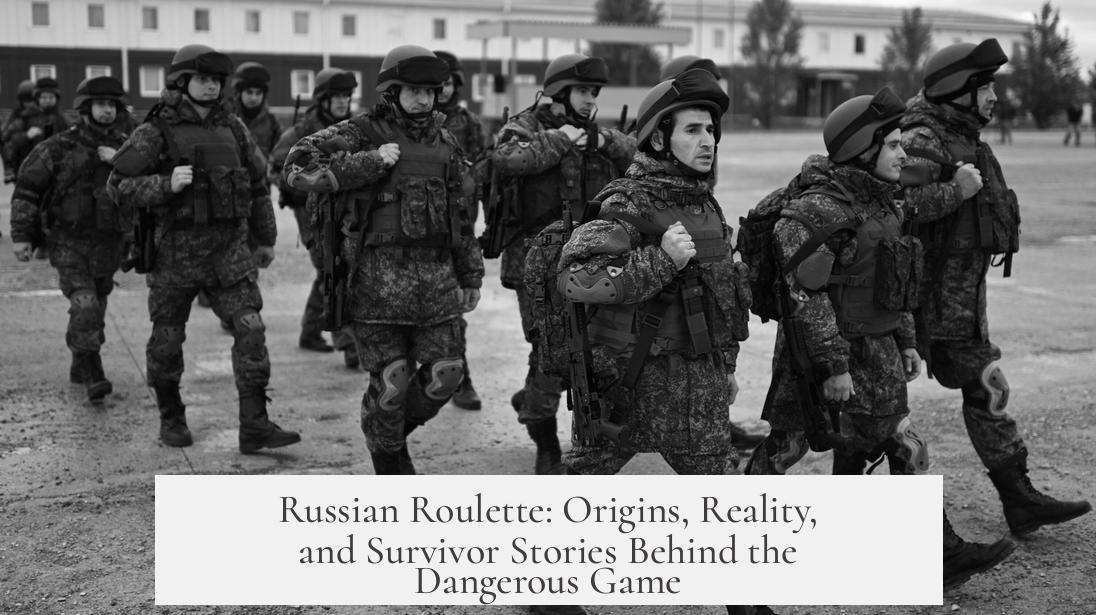Russian roulette originates from 19th-century Russian military circles, possibly emerging as a risky challenge among officers in the Caucasus region. The concept gained literary presence through Mikhail Lermontov’s 1840 novel, “Hero of Our Time,” where a similar risky game is depicted, although unnamed as Russian roulette.

Accounts suggest that this dangerous game, involving a revolver loaded with a single bullet, symbolized a deadly test of courage among soldiers. Biographies of Russian General Mihail Skobelev mention officers engaging in such life-threatening challenges, purportedly prompting imperial orders to punish participants, though no solid documentation confirms such decrees. By the late 19th century, tales of lethal roulette circulated, blending myth with possible historic practices.
The game’s modern terminology and broader cultural recognition appear tied to 20th-century American media. The Oxford English Dictionary traces the phrase “Russian roulette” to a 1937 Collier’s magazine story that depicted its use as understood today. The 1940s and 1950s saw New York Times reports of fatalities linked to Russian roulette, often among young men and even boys. These tragic incidents confirm the game’s active, if reckless, presence beyond myth and literature.
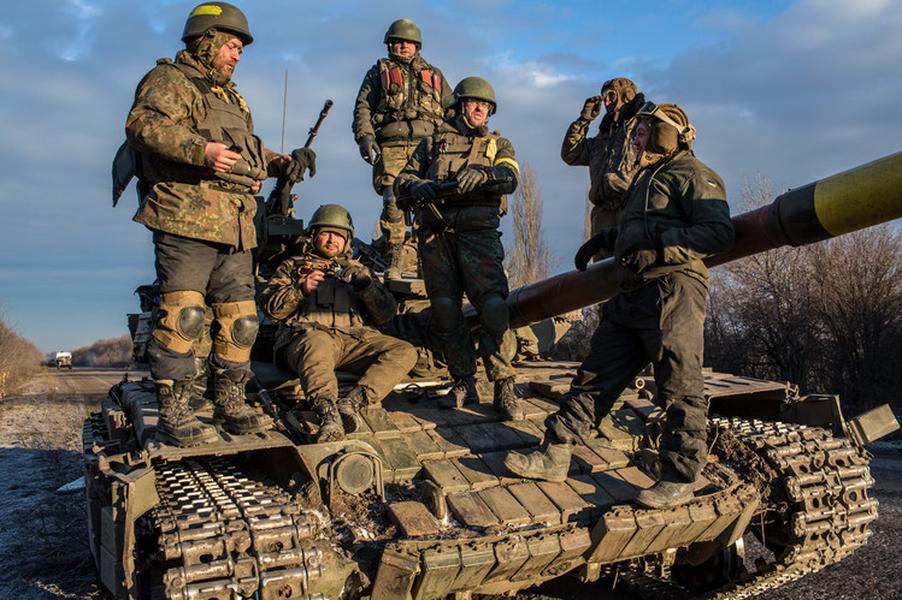
Reported deaths highlight that the game was not merely fictional. Headlines such as “Gamble With One Cartridge in Revolver Costs Life of Fordham Sophomore, 20” (1942, New York Times) and a 12-year-old boy’s fatal shooting (1949) illustrate real-life consequences. Similar cases in the 1950s reinforce that Russian roulette was played, sometimes impulsively or to demonstrate bravado.
Media portrayals further shaped public understanding. The 1978 film The Deer Hunter depicted prisoners of war forced to play Russian roulette. Director Michael Cimino later clarified these scenes were metaphorical rather than documentary of POW behavior. Nonetheless, the movie influenced public perception and reportedly inspired some fatal attempts. A 1981 Christian Science Monitor article cited fifteen deaths linked to such imitation behavior, suggesting media impact on dangerous trends.

Some individuals have publicly acknowledged playing Russian roulette. Swedish Olympic wrestler Frank Andersson admitted participating once in 1985, winning a bet but expressing regret later. Malcolm X mentioned a similar episode in his autobiography; however, the accuracy is questioned since his co-author indicated the weapon was rigged to avoid injury. Gang-related contexts also appear in testimonials. Jeff Chang’s book reports ex-gang members recalling Russian roulette as part of initiation rites during 1960s-1970s Bronx gang culture, although details remain anecdotal.
Medical literature documents rare survival stories. A 2014 case study in Plastic and Reconstructive Surgery details a 20-year-old Albanian man surviving a through-and-through .22 caliber gunshot to the head from Russian roulette. Similar cases are exceedingly uncommon, with only one comparable 2009 Italian case identified. These clinical reports underscore the high lethality of the game while illustrating the occasional survival under extraordinary circumstances.
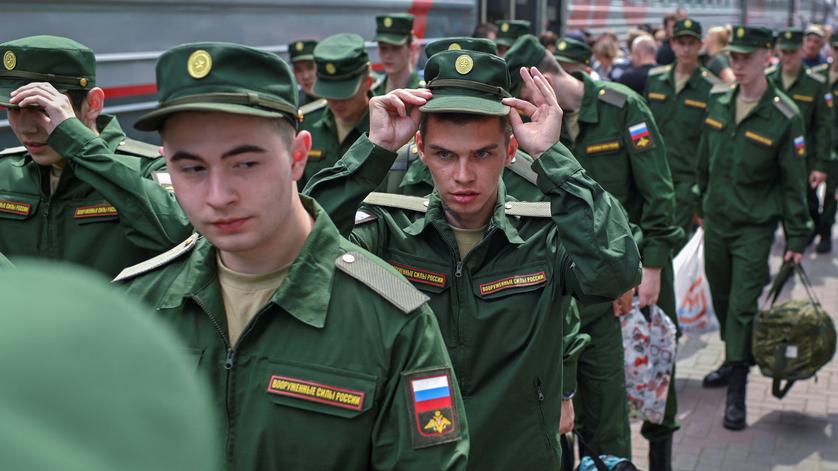
Claims from prominent figures such as Sanyika Shakur (“Monster”), a former Crip member, indicate regular engagement in Russian roulette within gang environments in the early 1980s, including losses among friends. Nonetheless, contemporaries dispute the frequency and scale of such behavior, suggesting some exaggeration in his accounts.
| Aspect | Details |
|---|---|
| Origin | 19th-century Russian officers; literary depiction by Lermontov |
| Historical Context | Risky game among Caucasus officers; anecdotal imperial intervention |
| Modern Term | 1937 Collier’s story; US reports from 1940s |
| Confirmed Fatalities | Multiple cases between 1940-1950s; youngest victim was 12 |
| Media Influence | The Deer Hunter (1978); TV inspired copycats |
| Notable Testimonials | Frank Andersson (wrestler), Malcolm X (disputed), gang members |
| Medical Reports | Rare survivors documented; 2014 Albanian case |
Russian roulette began as a dangerous test potentially among Russian military officers. Literary and historical mentions support its early existence. It evolved into a recognized term and concept in the United States by the mid-20th century, resulting in documented fatalities and occasional surviving players. Public figures and gang members have attested to engaging in it, though some stories may exaggerate frequency or severity. Media portrayals contributed to a wider cultural imprint but sometimes inspired tragic imitations. Medical research confirms that surviving the game is rare but possible.
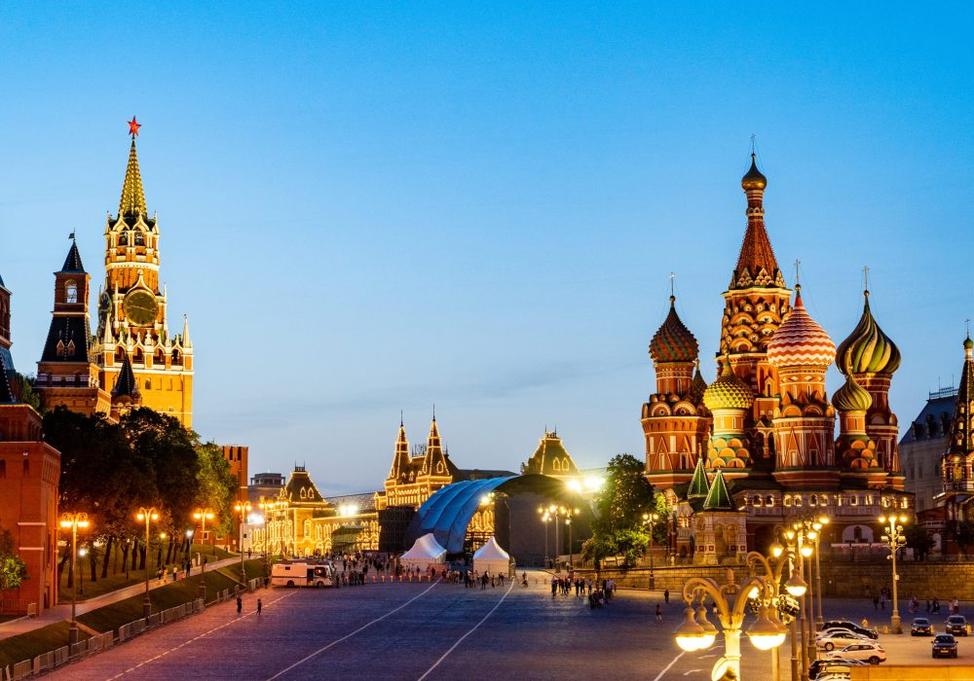
- Originates from 19th-century Russian military circles
- First literary depiction in Lermontov’s 1840 novel
- Term popularized in 1937 US magazine article
- Multiple documented fatalities from 1940s onward
- Media, especially The Deer Hunter, influenced cultural perception
- Notable survivors include Frank Andersson; others debated
- Gang initiation rituals occasionally involved the game
- Rare formal accounts exist of survivor medical cases
Russian Roulette: Origins, Reality, and Survivor Stories Unpacked
Russian roulette is a deadly game of chance, but where did it start? Has it really been played? And do any survivors exist? These questions intrigue many who hear about the infamous “game.” Let’s dive into the origins, true occurrences, and firsthand accounts that paint a fuller picture of Russian roulette.
The image of spinning a revolver’s cylinder, pulling the trigger, and gambling with one’s life is both terrifying and fascinating. But this grim game has a history rooted deeper than you might expect.
Early Roots: A Russian Literary Spark
Surprisingly, one of the earliest mentions comes from the Russian poet Mikhail Lermontov in his 1840 novel Hero of Our Time. Lermontov, a Russian officer himself, includes a passage describing a risky game involving a revolver. Though the text never explicitly calls it “Russian roulette,” it hints at a life-threatening game among officers stationed in the Caucasus region. This suggests the game might have begun as a daring test of bravery—whether myth or reality remains unclear.
Military anecdotes add some weight here. Biographies of General Mihail Skobelev note that officers in the 1800s played a risky “roulette” variant. Skobelev reportedly tolerated these games as a display of courage but had to crack down harshly due to imperial orders, possibly from Emperor Alexander II. The timeline suggests that in the Caucasus, Russian officers might have sparked a dangerous fad by the late 19th century.
However, definite proof is thin. No official documents or laws referencing this “order” survive. The story smells of legend mixing fact and fancy.
The Name and Media Popularity
Interestingly, the term “Russian roulette” itself only surfaced in U.S. media in the 20th century. The Oxford English Dictionary cites a 1937 Collier’s magazine story describing the lethal game as we know it today. By the 1940s, newspapers like The New York Times were already reporting Russian roulette-related deaths.
For example, a 1942 NYT headline screamed: “Gamble With One Cartridge in Revolver Costs Life of Fordham Sophomore, 20.” Other tragedies followed, including a 12-year-old boy’s death in 1949 and further fatal incidents reported through the 1950s. At the time, the phrase linked the deadly game to the Russian army or stereotyped Russian bravado, feeding into Western imagination.
By 1953, Russian roulette had entered mainstream awareness. News reports no longer explain the term, signaling broad public knowledge.
Actual Reports: The Grim Reality
Stories of Russian roulette aren’t just fiction or cinematic myth. Actual fatal encounters happened, often tragic accounts involving young men and even boys who dared the game. News clippings from the mid-1900s document these cases plainly—and chillingly.
Media had a huge role in romanticizing and spreading the dangerous game. The 1978 film The Deer Hunter famously dramatized Russian roulette, portraying POWs forced to play by captors. Although director Michael Cimino later clarified those scenes were metaphorical and not based on real POW reports, the film sparked renewed global attention.
A 1981 report in the Christian Science Monitor noted that 15 people had died playing Russian roulette, apparently inspired by such TV showings. That’s a grim reminder of how fiction sometimes bleeds tragically into life.
Survivors: Rare but Real
What about the bravest or luckiest survivors? There are a few remarkable stories:
- Frank Andersson, a Swedish Olympic wrestler, openly admitted playing Russian roulette in 1985. He recalled, “You don’t think. You just pull the trigger. And everything went fine… I would never redo it.” He also mentioned winning money because others wouldn’t dare, hinting at peer pressure and thrill-seeking as motives.
- Malcolm X
- Gang members in the Bronx and New York suburbs in the 1960s and ’70s reportedly used Russian roulette as an initiation test. Jeff Chang’s Can’t Stop, Won’t Stop records such accounts. Risk and bravado entwined in street culture.
- Astonishingly, medical literature has documented survivors. A 2014 case study in the Plastic and Reconstructive Surgery journal detailed a 20-year-old Albanian man who survived a bullet passing through his head from a .22 caliber Russian roulette shot. Only one other such case appeared in the literature—a 2009 Italian survivor. These rare cases underline the lethal risk yet occasional fluke of survival.
- Sanyika Shakur (aka Monster), a former Crip, claimed in his memoir to have regularly played Russian roulette in the 1980s, even losing friends to it. Contemporary gang members, however, question how much of this is true versus self-mythologizing.
What Drives People to Play Russian Roulette?
The reasons vary. Military officers might have seen it as a test of bravery. Young men and gang members as a rite of passage or thrill. Others fall victim to despair or fatal curiosity. Frank Andersson’s story shows thrill-seeking among peers can push people into life-threatening dares.
Do you think anyone risking life on a single game can call it courage or madness? Maybe both.
Final Takeaway
- Russian roulette likely originated in 19th-century Russia among military circles, mixing real risky behaviors with legend.
- The phrase and game gained traction in the U.S. mid-20th century, accompanied by numerous tragic deaths, mostly young males.
- Pop culture, especially films like The Deer Hunter, entrenched the mythos, sometimes inspiring real-life incidents.
- Survivor testimonials exist but are rare and often tinged with skepticism or unusual circumstances.
- Medical case studies confirm the peril and extreme rarity of surviving such a gamble.
- The psychology behind playing ranges from testing bravery to peer pressure and reckless thrill-seeking.
Russian roulette is not just a morbid game; it is a chilling window into human nature’s flirtation with fate and death. Next time you hear the phrase, remember: real lives were lost, myths blended with truth, and the survivors carry stories that defy reason.
Would you ever dare to test your luck like that? Or is some gambles simply not worth the price?
Sources & Further Reading:
- Medical Case Study on Surviving Russian Roulette
- Jeff Chang, Can’t Stop, Won’t Stop (Gang culture insights)
- The New York Times Archives (1942-1950s death notices)
- The Deer Hunter (1978) film and director interviews
What is the earliest known origin of Russian Roulette?
The game first appears in an 1840 novel by Russian poet Lermontov, describing a risky game among officers. It wasn’t called “Russian Roulette” then, but the story may reflect real events in the Caucasus region.
Has Russian Roulette actually been played historically?
Yes. Reports from the 1800s suggest officers in the Russian military played a similar game. In the U.S., news stories from the 1940s and 1950s document fatal cases involving young men and boys.
Are there verified survivor testimonies of Russian Roulette?
Survivor accounts are rare. Swedish wrestler Frank Andersson admitted playing once. Malcolm X claimed to play but a rigged gun was used. Medical journals describe very few confirmed survivors due to the game’s extreme risk.
Did Russian Roulette influence gang culture or initiation rituals?
Some ex-gang members from 1960s-70s New York described Russian Roulette as part of initiation rites. However, these reports are limited and not widely confirmed beyond anecdotal evidence.
Has media played a role in popularizing Russian Roulette?
Yes, especially the 1978 film The Deer Hunter, which depicted forced Russian Roulette games among POWs. This portrayal increased public awareness and reportedly inspired some fatal copycat incidents.
Are there medical studies on survivors of Russian Roulette injuries?
Few cases exist. A 2014 medical report detailed a young man who survived a gunshot to the head from Russian Roulette. Such survivals are very rare and usually involve severe injury.
